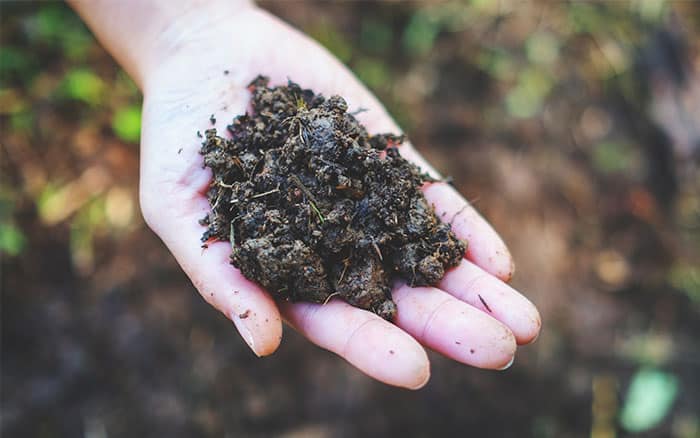Spring is a great time of year to plan changes to the garden as the soil is just starting to warm up. This makes it the perfect time to create new flower borders or add new plants to existing ones.
Colour in a garden creates a wonderfully uplifting effect. And making a themed sunset border is a good way of introducing colour in a meaningful way.
The brightest, most colourful sunsets can earn a ‘Wow’ as the sun disappears. This leaves the sky around it cloaked in majestically bright trails of red, orange, yellow and pink.
How to choose the ideal spot
So how can you create your own ‘Wow’ sunset border? Firstly, look for a sunny part of the garden. Next, check the soil in that area as this will determine what type of plants to choose.
You can easily identify the type by taking a handful of soil and gently squeezing it together. If it doesn’t stick together when squeezed and easily falls apart it’s most likely a sandy type. With this type of soil, you should choose plants that are drought tolerant as sandy soil doesn’t often retain moisture.

If it sticks together, see if you can roll it into a worm shape! Provided you can, it’s probably a heavy clay type and would benefit from adding well-rotted organic matter before planting.
If it sticks together loosely and is a dark colour, then you’ve hit the jackpot. This is the most ideal soil type for most plants!
You can also use soil testing kits to find out the pH of your garden’s soil. Some plants prefer acidic, neutral, or alkaline soil, so it is worth finding out.
Deciding your sunset flowering period
Once you’ve chosen your area, you need to decide what season you want your plants to make the most impact. And then you can start to choose a selection of plants that will flower at a similar time. You will need them to all be doing their thing together to make the most impact.
Mid and late-summer flowering plants will give the most choice.
Including evergreen ground cover plants for the front and other areas will give year-round cover and help avoid weeds growing.
What are the best plants for a sunset colour scheme?
Low-growing plants
Low-growing dragon’s blood sedum (Sedum spurium ‘Dragon’s Blood’) and Sedum ‘Rose Carpet’ are good choices. They each have purple-tinged evergreen leaves and red flowers.

Mid-height plants
There are many mid-height plants to choose from. Most of them are herbaceous perennials, which means that they will die down over winter and re-appear the following spring.
You may therefore want to include some evergreen shrubs to give interest at other times of the year. If you do, choose plants that have a neat growth habit and are ideally evergreen. An example is Pittosporum ‘Golf Ball’ which has a round shape that will grow in sun or part shade. Or upright Yew for evergreen vertical accents.
Ideally, choose plants with a long flowering period and ideally all flowering at the same time for maximum sunset impact.
Achillea are easy to maintain and long flowering with several different colour varieties to choose from.
’Sassy Summer Sunset’ is a great choice with its large dark orange flowers produced over many weeks.
Combine with another sunset-coloured achillea such as ‘Red Beauty’ and soft yellow ’Moonshine.’


Another plant with sunset-coloured flowers that blooms at the same time as achillea is the Peruvian Lily, (Alstromeria).
It’s not totally hardy so give it a sheltered spot and over-winter protection.
It will reward you with stunning multi-colour flowers until the first frosts.
‘Indian Summer’ is a widely available popular variety with its sunset-coloured flowers and bronze leaves.
Gaillardia ’Sunset Cutie’ will dazzle for months on end producing masses of large, bright red and yellow flowers.
It’s another easy-to-care-for perennial with the added advantage of being drought-tolerant once established.

Grasses
Provide contrast with grasses and plants with grass-like leaves.

Pheasant tail grass (Anemanthele lessoniana) is an evergreen grass with a rounded, shape and cascading yellow, orange and red-tinted narrow leaves.
It will reach a height and spread of 100cm leaving plenty of space between it and flowering herbaceous perennials.
Lower growing, evergreen sedge Carex testacea ‘Prairie Fire’, has orange-tipped green leaves and thrives at the front of the border.
Crocosmia produces strap-like leaves early to mid-summer before long stems with orange, red or yellow flowers running up the length appear in August.
Look for varieties such as ‘Prince of Orange’, ‘George Davison’ or the taller, red-flowered ‘Lucifer’.

With just a few carefully selected planting choices, you can produce a lovely sunset garden border to enjoy all day long.

Leave A Comment